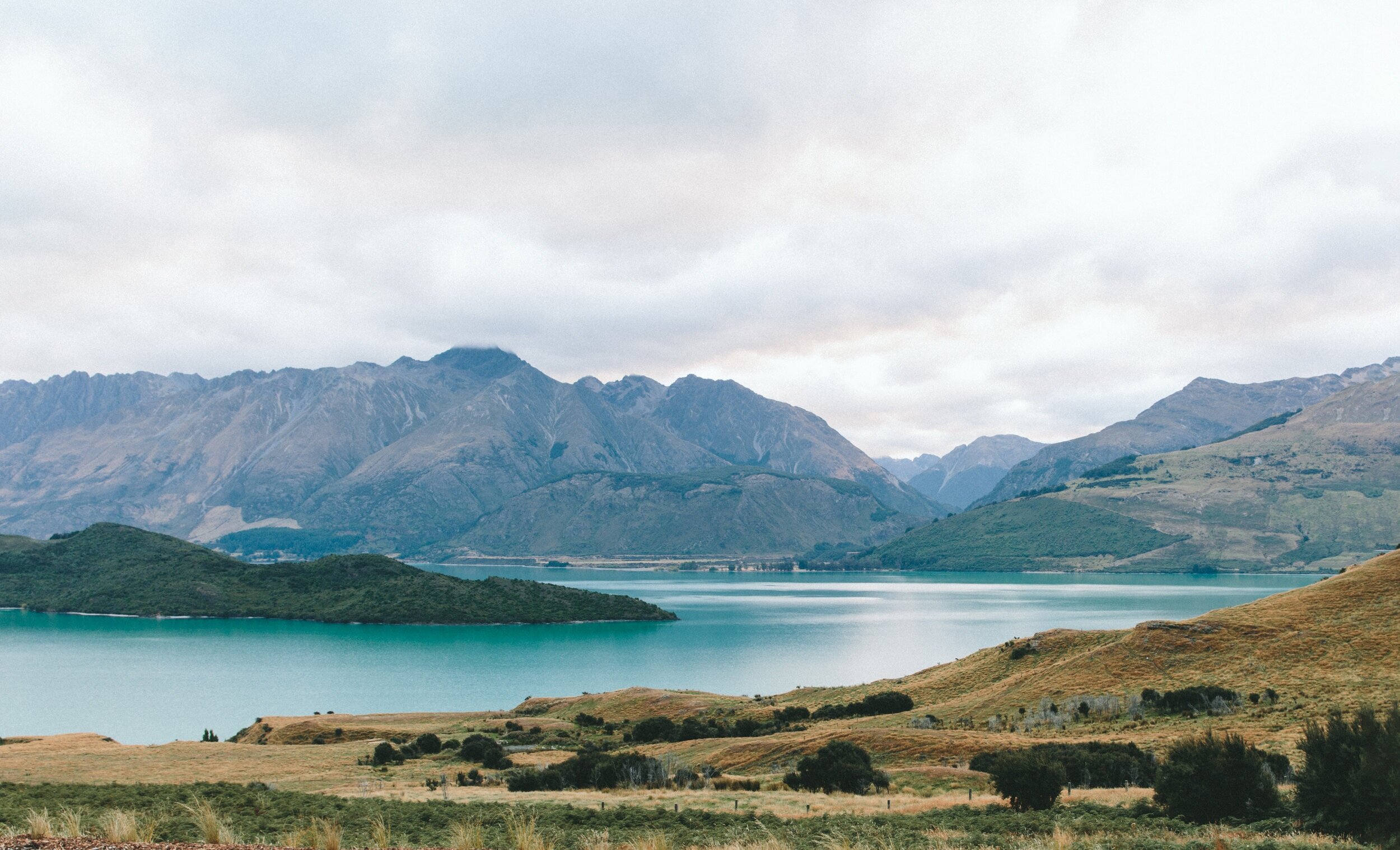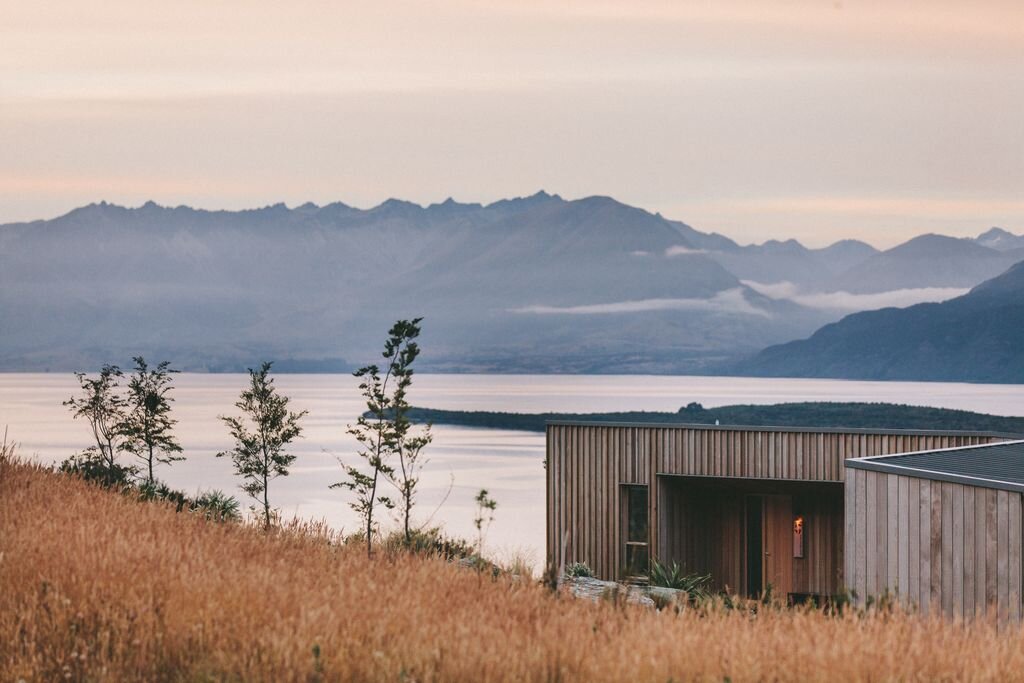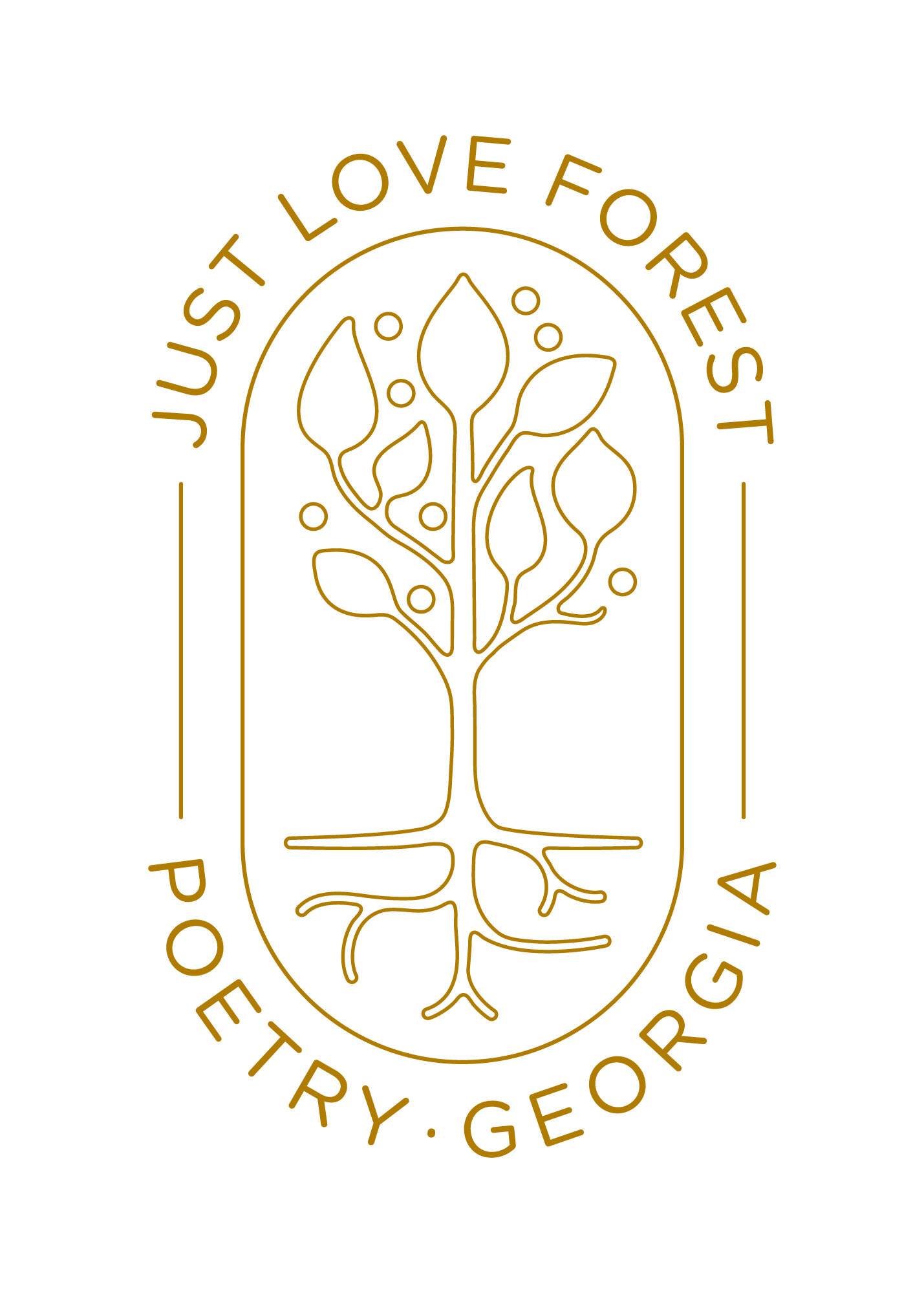a Returning to the land
Learn about the ways we are able to assist you in the greatest transformation of your lifetime as part of our community natural cemetery. Whether you wish to have your cremains returned to the forest or have a natural burial, ceremonially placing your body back into the earth, we can help.
Being part of community.
We aren’t simply a place to put your body. Death and dying, integral aspects of life, are deeply valued at Just Love Forest. We believe in restoring the lost tribal rituals of community engagement in a conscious dying journey. To be buried in our forest, you must be an active member of our Transformation Tribe, engaging with your transformation through participation and curiosity. Our tribe, led by a team of death doulas, fosters this connection. We offer two key experiences: a monthly forest therapy session on Bhakti Mountain, led by Josh, focusing on death and dying, and online gatherings discussing natural burial and personal journeys with death. Participation in these activities, including at least one on-site experience with Josh and collaboration with our death doulas, is essential to be part of our community and eligible for burial atop Bhakti Mountain. Our unique community burial experience extends to celebrating the elders and spirits resting with us, marked by gatherings on the Spring Equinox, Summer Solstice, Fall Equinox, and Winter Solstice. Currently, as we expand, burial is selective, reserved for those deeply connected to our community and the land of Just Love Forest. You can contact us below to schedule a call with our community about where you or your loved ones are in consciously approaching this life transformation.
history of natural burial.
Just Love Forest offers natural burial, a dignified and environmentally conscious way to care for the body. Our natural burial services minimize environmental impact, conserving natural resources, reducing carbon emissions, and preserving habitats. We offer various options including natural, and the planting of cremains in our wildflower gardens. Natural burials are dedicated entirely to eco-friendly practices. Certified by independent experts, our services align with the highest ethical and environmental standards.
Natural burial, recognized as the oldest and most traditional form of burial, has been practiced for thousands of years. Before the 19th century, this method was the primary way of conducting burials in the United States. During the 1500s and 1600s, for example, people were frequently buried in churchyards without coffins, wrapped simply in shrouds. Puritans in New England in the 1600s also followed simple burial practices, opting for common areas outside their villages with no religious affiliation. Family farms often had their own cemeteries where bodies were buried in plain wooden coffins after being washed, dressed, and groomed.
However, the Civil War significantly altered burial practices due to the need for preserving and transporting soldiers' bodies, leading to the widespread use of embalming. In the 1900s, cremation gained popularity as it was considered a modern and hygienic approach, especially following several epidemics that raised concerns about the transmission of diseases from corpses.
Today, with a resurgence in environmental consciousness, green burial has gained renewed interest. It typically involves simple enshrouding or the use of biodegradable containers, thus minimizing the carbon footprint and serving as an eco-friendly and affordable alternative to conventional burial practices.
facts on the safety of natural burial.
Lack of Public Health Risk: Most city and state health departments have not raised concerns about green burial practices as dead bodies generally do not pose a public or environmental health risk. This is supported by studies from the CDC, WHO, and other international health groups on mass graves and data from forensic institutes. These studies, compiled by the Green Burial Council, indicate that materials from decomposing bodies travel only a very short distance.
Best Practices in Green Burials: Green burial practices include covering the body with 10-24 inches of soil to create a barrier against scavengers, burying bodies above the seasonal high water table, avoiding burial in wetlands or sources of public drinking water, not embalming the body, using biodegradable containers, and following re-wilding principles. These practices help ensure that the burial is environmentally safe.
Soil Suitability and Decomposition: All healthy soils are suitable for green burial. The type of soil may affect the rate of decomposition but not the process itself, which involves natural bacteria from the body's gut biome and decomposers found in the soil. Green burial is practiced safely in various soil types, from desert sand to wet clay.
The body returned to the earth.
In ideal soil conditions, the decomposition of a body in a green burial is intentionally faster than in traditional burials. This is attributed to several factors unique to natural burials:
Biodegradable Containers: These containers, like wooden caskets or shrouds, break down more easily than non-biodegradable materials, facilitating faster decomposition.
Absence of Embalming: Embalming, common in traditional burials, slows down decomposition. Green burials typically do not use embalming, allowing natural decomposition to occur.
Direct Soil Contact: Placing the body in direct contact with the soil enhances microbial activity, crucial for decomposition.
Environmental Factors: Soil type, moisture, temperature, and oxygen levels all play roles in decomposition rates. Green burial sites often promote conditions conducive to natural decomposition.
Microbial Activity: Soil microorganisms are key to breaking down organic matter, including human bodies.
However, the exact decomposition timeline varies based on factors like burial site, environmental conditions, burial container type, and other variables. Warmer, moister conditions, for instance, tend to accelerate decomposition.
Natural burial contributes positively to the health of ecosystems. The human body, predominantly composed of carbon, hydrogen, and oxygen, also contains life-sustaining nutrients like nitrogen, phosphorus, potassium, sulfur, and calcium. These elements are crucial for new plant and animal life. In natural burial, as the body decomposes, these nutrients are released into the soil at a rate that plants can absorb, enhancing soil fertility and promoting plant growth. This process is akin to perfect composting, where the decomposing material provides an ideal mix of elements for plant growth. Thus, green burials can be seen as a way to return our bodies to the soil in a manner that supports and enriches the ecosystem.
Journey of the body.
In Georgia, the process of a natural burial, working with a death doula or midwife, involves several steps:
At the Time of Death:
Death Declaration and Documentation: A healthcare professional or family member confirms the death. The family, with assistance from a death doula, must obtain a death certificate. In Georgia, the death certificate must be filed within 72 hours of the death.
Body Care and Preparation:
No Embalming: Embalming is not practiced in natural burials. The body can be kept cool using noninvasive methods such as dry ice or refrigeration for up to three days.
Washing and Dressing: The family, possibly with guidance from a death doula, washes and dresses the body, often in biodegradable materials.
Casket and Burial Requirements:
Casket or Shroud: Georgia law requires a “rigid, combustible container” for burial. This can include a simple pine coffin, a burial shroud, or a basket. The choice can reflect religious, financial, or environmental considerations that your death doula can help guide you through.
Funeral and Burial Arrangements:
Flexibility in Location: The funeral or burial service can be held at home, in a nursing home, or at a church, emphasizing minimal and environmentally friendly body care.
Personalization and Involvement: Home funerals offer more personalization and family involvement, allowing for individual or small group participation in the vigil or ceremony.
Legal and Logistical Aspects:
Filing Paperwork: The family or death doula must file the death certificate and obtain necessary transport and burial permits.
Transportation: The body can be transported by the family or a designated person to the burial site in a dignified manner. This may require coordination and planning, potentially with guidance from a death doula.
Final Disposition: This includes digging the grave in a natural burial ground. The burial area should adhere to local regulations regarding private burials.
After the Burial:
Community Support: Assistance from Just Love Forest Stewards and volunteers might be available for various tasks. A death doula can also offer support and connect the family to resources.
As part of the Just Love Transformation, we require meeting with a death doula to understand how they can support you and your loved ones during this transition. There are variety of ways and levels they can support this journey. We do require their assistance if you wish to be have your body buried at Just Love Forest. On the initial consultation call they can explain the ways they support you and fees involved. offer a steady, calming presence, helping to navigate the emotional complexities that arise during end-of-life transitions. They are trained to provide empathetic and intuitive support during times of heightened stress and emotion.
Facilitating Conversations: They guide difficult and frank conversations about death, ensuring that the dying person's final wishes are honored and respected. This can involve discussing end-of-life preferences, funeral plans, and legacy wishes.
Physical and Spiritual Care: While they are not medical professionals, death doulas can offer vital respite care, easing the burden on family members caring for their loved ones. They are also adept at supporting spiritual practices, traditions, or creating new rituals to mark special moments during this time.
Education and Guidance: Death doulas provide education about the dying process, helping families understand what to expect. This includes guidance on medical services like do-not-resuscitate orders and healthcare power of attorney documents. They help demystify the process of dying, alleviating anxiety, guilt, and shame often associated with death.
Post-Death Support: After the passing of a loved one, death doulas assist in managing the overwhelming feelings of grief and the details of coordinating final dispositions or celebrations of life. They offer grief counseling and companionship, helping families navigate the early stages of their grief journey.
Memorialization and Legacy: Death doulas can assist in creating meaningful ways to honor the deceased, including planning funeral services, assisting with obituaries, and exploring creative memorial options. This can also involve the dying person in the process of exploring and celebrating their life and legacy.
In summary, death doulas play a multifaceted role in end-of-life care, offering a blend of emotional, physical, and spiritual support while also assisting with practical and logistical aspects of death and grieving. Their involvement helps to create a more holistic, compassionate, and personalized end-of-life experience.
Plot Selection: Visiting Just Love to choose a specific plot. We offer a monthly nature therapy day for those considering trial on Bhakti Mountain.
Pre-planning: Making arrangements in advance, including discussing and documenting specific wishes for the burial.
Selecting a Burial Container: Choosing an eco-friendly, biodegradable burial container, such as a shroud or a casket made from natural materials.
Finalizing Details: Discussing and planning the specifics of the burial ceremony, including any religious, spiritual, or personal elements to be included.
At Time of Need: Upon the individual's passing, the body is prepared without embalming, using natural methods. The funeral or memorial service is conducted as per the pre-planned arrangements.
Burial: The body, in its biodegradable container, is buried in the chosen plot. The burial is typically shallower than traditional burials to facilitate natural decomposition.
Natural Memorialization: Instead of traditional headstones, natural markers like trees, shrubs, or engraved rocks may be used to mark the grave, aligning with the natural aesthetics of the cemetery.

Make it stand out.
-

Dream it.
It all begins with an idea. Maybe you want to launch a business. Maybe you want to turn a hobby into something more. Or maybe you have a creative project to share with the world. Whatever it is, the way you tell your story online can make all the difference.
-

Build it.
It all begins with an idea. Maybe you want to launch a business. Maybe you want to turn a hobby into something more. Or maybe you have a creative project to share with the world. Whatever it is, the way you tell your story online can make all the difference.

